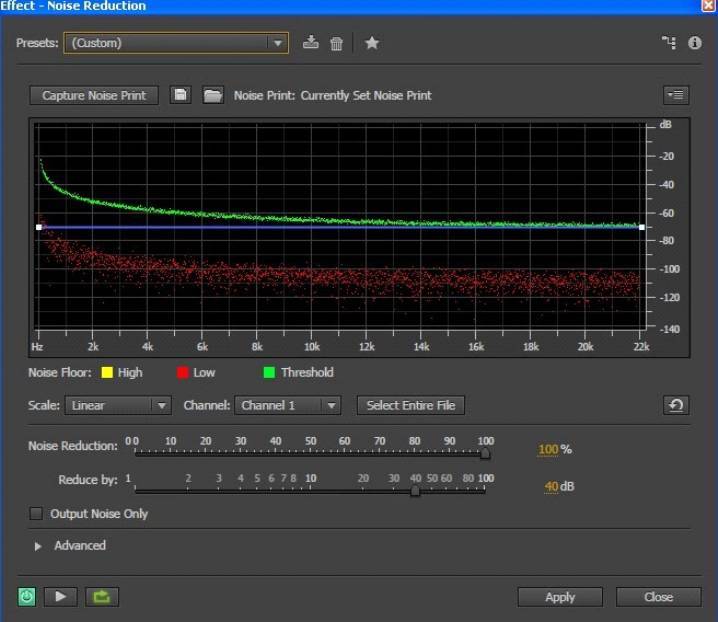If you want to reduce noise in your car interiors/ soundproof your car, let me make one thing clear at the outset:
There is no silver bullet.
You will have to reinforce multiple areas of your car in order to get truly satisfactory results.
Like I always say, soundproofing isn’t something you just do in a localized manner. In this case, you have to take the entire car system into account, see where the maximum sound leakage occurs, and then figure out the best ways to reduce road noise.
In this article, I’m going to list out the best possible ways to reduce :
I spent a few days researching this topic and I believe this is the most comprehensive article you’ll come across on ways to soundproof your car.
So, let’s roll on with it, shall we?
How To Reduce Road Noise In Your Car#1 Undercoating Your CarRubberized undercoating is a pretty nice way to soundproof the underside of your car, and also protect it from rust, grime and dirt.
If you do it yourself, it won’t cost you much- but you will need to take out 4-6 hours on a weekend for this.
All in all, you’ll just need to buy a couple cans of spray for this, and that’ll set you back by about $100. If you so prefer, you could also leave the car at a service centre that will do the undercoating for you, for about $50-100 more.
Keep in mind though, that undercoating needs to be done the right way to be truly effective. You can read more about it in this post that I wrote.
#2 Getting The Right TyreFew things that contribute to a quieter car tyre:
Which is why, generally speaking, your standard car tyre is probably the least noisy out of all options. It has a narrow build and smaller grooves than other types.
Tyre noise also depends on how fast you’re driving and the surface you’re driving on.
For instance, if you have one of those offroading tyres that have bigger grooves for traction, and are driving on a mud path- of course there will be more noise.
Another issue is that of wear and tear.
Directional tyres, for instance become louder with wear and tear than non-directional ones.
Also, uneven wear and tear may happen if there isn’t proper wheel alignment. This is another reason for tyre noise.
#3 Add Vibration Dampeners In Your Car FlooringSound travels through vibrations, regardless of what medium it is travelling through.
You clamp down on vibrations, and the noise levels reduce automatically.
This is the effect that adding vibration dampeners to your car’s flooring will have. In terms of effectiveness, I’d day this is even better than undercoating your car.
So what is a vibration dampener?
It can be any material really, it just has to be one that is thick enough, i.e: has enough mass to be able to reduce sound vibrations.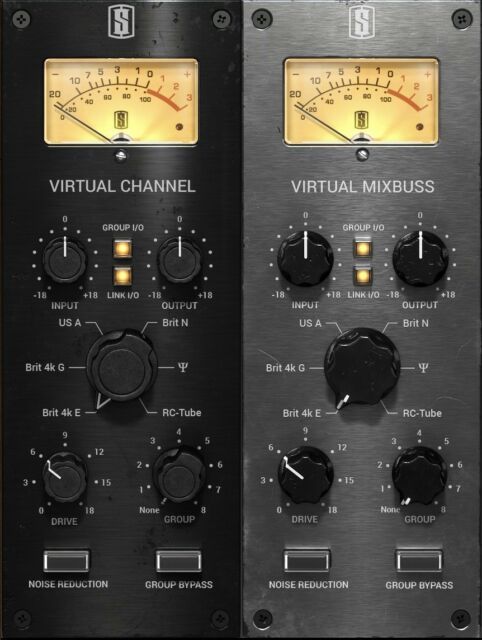 Mass in fact, is one of the most desired traits in a soundproofing material.
Mass in fact, is one of the most desired traits in a soundproofing material.
I recommend Dynamat for this purpose. One pack gets you 9 sheets- each of which, has an area of 4 sq. ft each. In all- it’s good enough to cover at least 1/4th area of a sedan, which is good enough in most cases.
As a slightly more budget friendly buy, consider the Noico. I couldn’t really find any stark differences between the Noico and Dynamat, so you’ll be fine buying whichever of these you want.
The price difference seems more because of branding than anything else.
#4 Soundproof Your Car DoorsSimilar to soundproofing your car flooring, you can also use a vibration dampening material to quieten road noise coming in through the doors.
You’ll have to be slightly careful while doing this, since you’ll have to cut the material such that it doesn’t interfere with the circuitry inside the door.
Here’s a good tutorial for installing Dynamat in your car door.
#5 Have a big trunk? Soundproof that as wellA big trunk acts as a diaphragm and amplifies the road noise coming in from the underside of the car.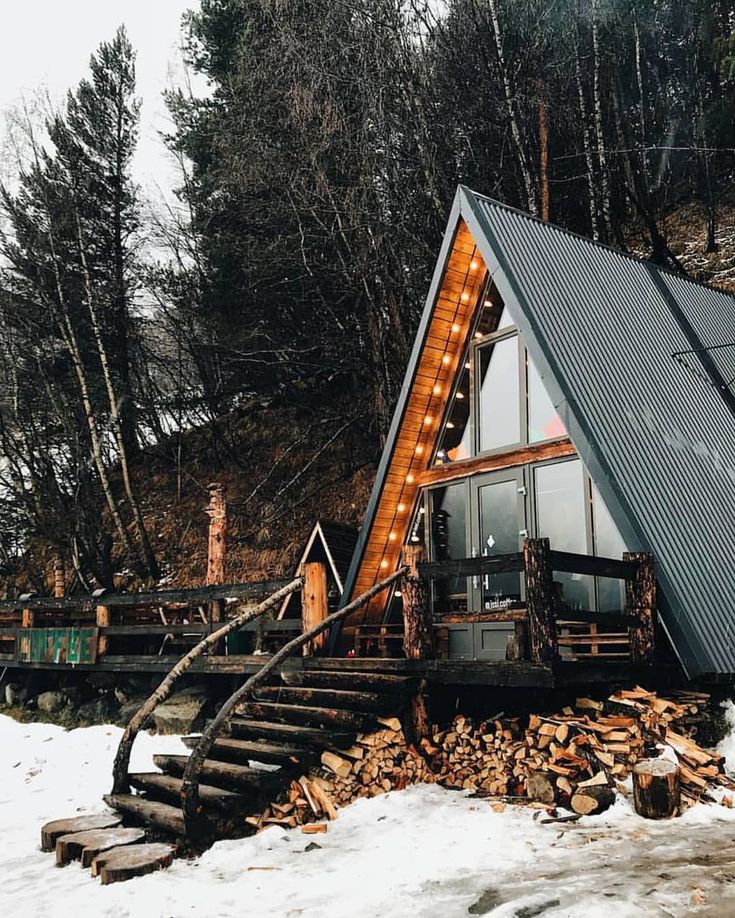
If you have a small trunk space, you can probably skip this tip, but otherwise, this is a REALLY important thing for you to do.
In continuation to points #3 and #4, you’ll soundproof the trunk in a similar fashion.
Lay out some Dynamat or Noico under the flooring of the trunk after cutting it in appropriate pieces, and you’re done!
#6 Soundproof The Wheel ArchesNot the most widely used method I could find on the internet- which is why this option is towards the bottom of the list.
Soundproofing your wheel arches consists of adding some soundproofing material(link to my post on 24 best soundproofing materials) to the wheel arches. This will muffle the sounds coming from the tyres- which can be a big source of noise.
#7 Line your cup holdersHollow spaces, such as the cup holders act as a diaphragm for road noise travelling from the underside of the car.
In simple words, they’ll amplify the sound coming from down below, which is why, you should line them with an acoustic foam or similar material than can absorb reverberations.
The car exhaust can be a big, self-created, source of noise pollution for some people.
If your car exhaust starts screaming every time you rev the car a bit, the best thing to do is to attach a muffler to the exhaust, such as this one on Amazon.
A relatively low cost way of doing things than actually going about replacing the car exhaust.
#9 Soundproof The Hood Of The CarThe hood of the car is where the engine resides- which can be a big contributor to the noise levels, if not working properly.
The reasons for engine noise could be many, and probably they can be fixed as well. However, generally speaking, as any car ages, it’s engine will make relatively more noise than before, even in normal operation.
Soundproofing the hood of the car is as simple as lining the underside of the hood with some Dynamat, in order to absorb those sound vibrations coming from the engine. That’s pretty much all.
That’s pretty much all.
Ever heard of a white noise machine? It actually is an effective method of blocking out unwanted sounds by filling up your background with white noise.
That’s what I’m talking about here, in a way.
This is simply a brute force tactic. Get a better stereo that gives you an improved music experience and can block out majority of the road noise coming from outside.
You’ll find that the most effective thing is if your new stereo system has a better bass- because low frequency sounds propagate for longer distances than higher frequencies, and hence will block out road noise even more effectively.
How To Reduce Wind Noise In Your Car#11 Reinforce Car Windows(maybe not affordable for everyone)This one probably would require extensive modifications to the car such as changing the window slot inside the doors for a thicker window.
Probably have to redo the electrical circuitry inside the door if you have a power window, since now, the load will be more.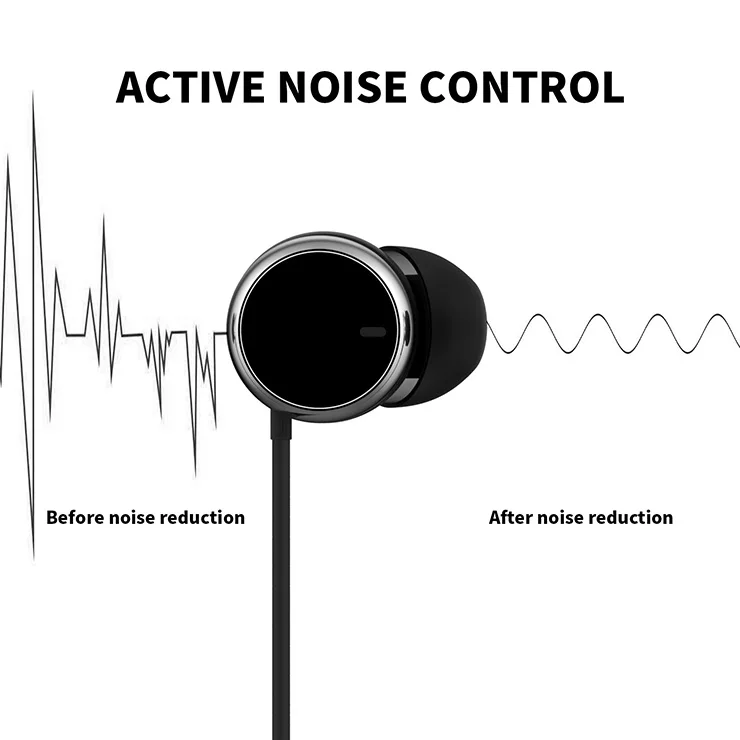
If can invest in soundproofing your windows you’ll get a noticeably better noise free zone inside your car.
#12 Add Insulation To Roof Of The CarNoise enters your car from all sides- including the roof. Which is why, we need to look into ways to reinforce the roof as well.
Priority wise- I’ll put the roof as one of the last things you should soundproof in your car. This is simply because there isn’t a lot of direct noise coming in through the car roof while there will be a lot coming in through the sides, front, back and underside.
Anyway, what this method will require is to remove the existing roof lining in the interior of the car and line it with some soundproofing material- such as MLV(Mass Loaded Vinyl).
#13 Check if the door gaskets around the window are sealingWhen you’re on a highway and driving fast(relatively fast than the city limits) you may notice a whistling wind sound coming in.
This is wind noise leaking through some gaps in the car system.
One of the gaps could be the gasket around your car windows. If it isn’t sealing tightly enough- you could be hearing an increased amount of outside noise because of that.
The most common reason is that the rubber seals that run around the door aren’t sealing well enough, and are letting wind, dirt and even moisture into the car.
The rubber seals will stop sealing correctly if aren’t taken care of will become brittle, over time.
The best way to bring your seals back to their original suppleness is to first clean them with any standard surface cleaner, in order to remove the dirt and grime.
Next, apply this product on the rubber seals and let it dry. Buff down any excess and you’re good to go.
#14 Get a car door edge seal protectorThe other common reason for wind noise is because the air leaks through the small gap at the edge of the car door(when it’s closed)
To this end- a nice, inexpensive product that solves the problem is this car door edge seal protector. It gives a nice, neat finish to the car door, and provides a seal against wind, moisture and dirt from the outside.
It gives a nice, neat finish to the car door, and provides a seal against wind, moisture and dirt from the outside.
Additionally- it’ll protect the door edges from nicks and bumps.
What Things Make A Car Noisy?New Vs old Car:This is more of a common sense thing than anything else- older car models are probably going to be noisier than a new model. It’s just that there always are some improvements and efficiencies that are brought in with every new model that somewhat provide less cabin noise.
Having said that- there is no truly quiet car out there, unless you’re looking to buy in the luxury segment.
Does it have a lowered chassis?Many models today, in imitation of the ‘sports car’ look and feel have a lowered chassis. While these cars do look cool, they also bring in more road noise- literally due to increased proximity with the road.
Bigger car?Bigger cars, such as station wagons will generate more wind noise because of their increased surface area, which pushes more air away from it, as the car travels through it.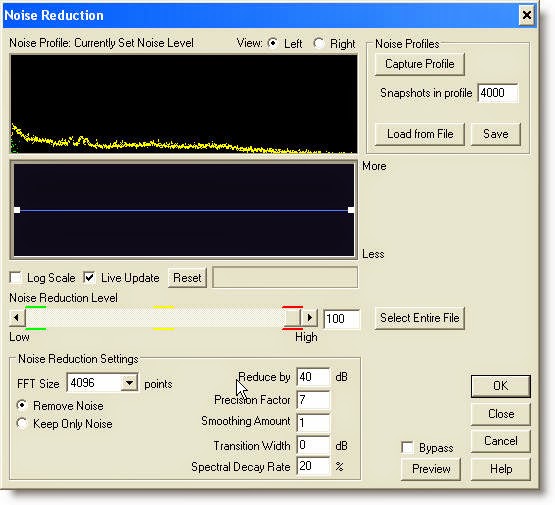
Also, big cars tend to have larger trunk spaces, which will, as I mentioned earlier, contribute to higher road noise.
What type of engine does it have?Electric engines, of course will be whisper quiet- but then not everyone can afford a Tesla, can they?
Apart from that, diesel engines are noticeably louder than petrol engines in a day to day scenario where you’re driving around in a city. So a petrol engine is generally the better bet.
At highway speeds though, diesel engines can be even quieter than petrol engines.
How do the windows look?Some manufacturers offer laminated windows which offer another layer of thickness to the window.
I’m skeptical this does much for soundproofing the car window because the change in thickness wouldn’t be substantial enough- you would need to install proper soundproof windows or reinforce the glass with another layer.
SuspensionThe suspension is basically the interconnection between the car tyres, spring system, shock absorbers and the chassis.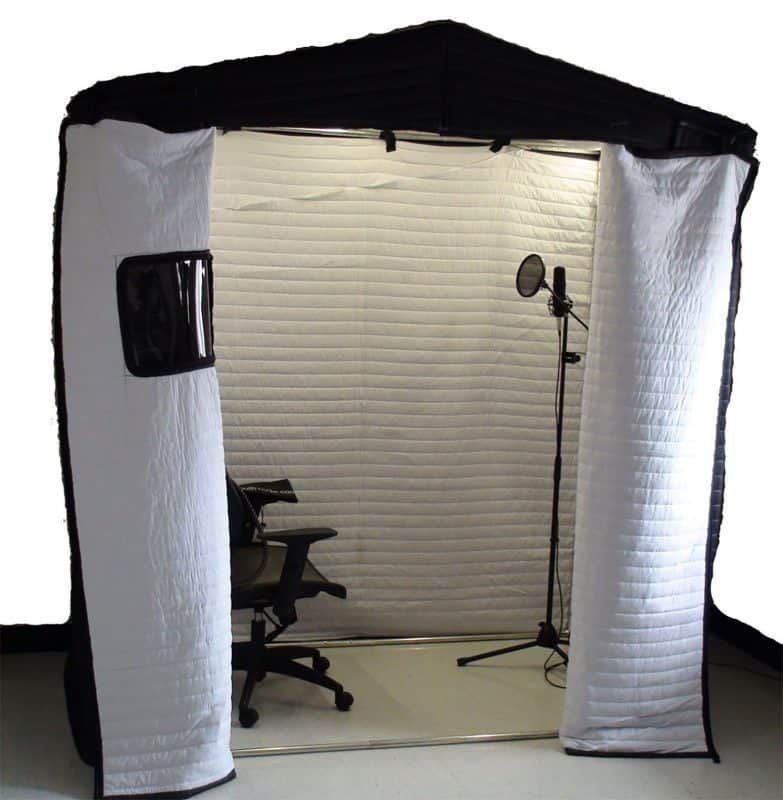 The frame-work that holds the car together.
The frame-work that holds the car together.
A ‘soft’ suspension means that the car goes smoothly over potholes or bumps in the road. A ‘stiff’ suspension will have the car airborne for a few seconds of it goes over a big bump.
Which is why, generally, having a stiff suspension contributes to more cabin noise.
It can be really annoying to try and talk or carry on a conversation in a noisy car. Some vehicles are better than others. A Tesla is absolutely whisper quiet due to its electric motor; however, Jeeps and trucks are often very loud.
In this article, I want to share some of the things you can do to DRAMATICALLY (not a small difference) reduce the road and engine noise in a vehicle to make it much more pleasant to ride in.
The noise you hear in the cabin of your vehicle often comes from one of three different sources: the mechanical components of the vehicle, the wind, and the tires. If everything is mechanically good with your vehicle, then you can assume that most of the noise you are hearing may be coming from the other two sources.
If everything is mechanically good with your vehicle, then you can assume that most of the noise you are hearing may be coming from the other two sources.
When the tread of the tires makes contact with the road, you can hear the noise. The larger the tread of the tire is, the more air volume which ultimately means a noisier tire.
By far, the best thing you can do to reduce road noise is a very simple fix which really doesn’t cost very much. It’s called Dynamat. It’s a foam shield that you put under your floor mats under the two front seats. This soaks up sound coming from the tires from entering the cabin.
FatMat is available on Amazon and I can totally recommend it. Awesome product. Click to check it out.However, Dynamat is really expensive, and there’s nothing about it that makes it any better than the cheaper foam shields you can buy on Amazon.
This FatMat sound deadening foam is available on Amazon and is half the cost of the Dynamat (Aff.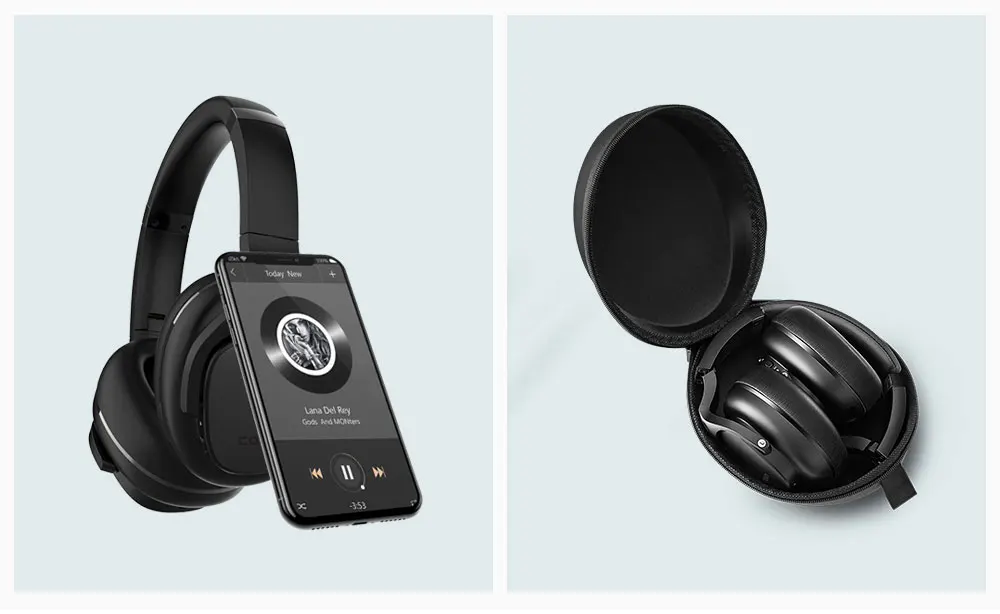 link). It gets excellent reviews, and I hear that it’s just as good.
link). It gets excellent reviews, and I hear that it’s just as good.
The install takes about one hour and requires absolutely no special knowledge. If I can do it, you can do it. You simply take out your floor mat, apply the mat, and you’re done. The sound deadening foam has an adhesive on one side, so you don’t even need to mess with glue.
How much sound deadening you get depends on (1) how loud your car is to begin with, and (2) how much area you cover with the foam. After you do the bottom of the floor mats in the front, you can also do the area in the trunk which is where a lot of noise from the rear wheels comes through into the car. This is especially true if you have a large flat trunk area. If the seats of your vehicle extend almost to the back of the vehicle, then doing the foam in the back will make less difference.
If you’re REALLY fed up with road noise, or if you have a problem with heat coming up from the floor panel of the car, then you might consider also adding reflective insulation under the foam.
Reflective insulation will block 98% of the heat coming from the floorboard of the car and will also provide sound insulation. I was surprised at how much sound deadening this adds to the vehicle. I thought after seeing the tinfoil-like insulation that it wouldn’t do much for sound, but I was wrong.
Read through the Amazon reviews of this reflective automotive insulation and you’ll see that nearly every reviewer comments on how surprised they were at the difference it made in the soundproofing of the car.
The cool thing is that you can layer this UNDER the foam from step one of this tutorial if you want to go belt-and-suspenders. You’ll just need to buy 3M General Trim Adhesive and spray it on the floor of the car, then place the reflective insulation on the adhesive.
Once that dries, then apply the foam (which has glue on one side already) to the top of the insulation. This way your car will be as silent as possible.
As I mentioned before, the best place to put the sound deadening stuff is under the driver and passenger floor mats.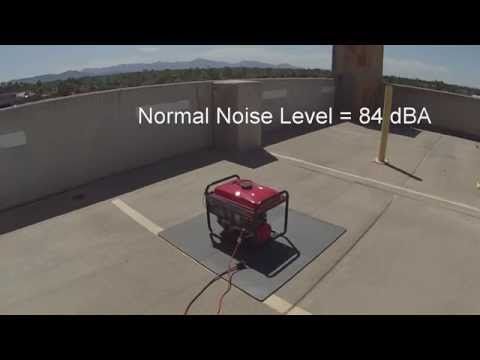 This is because it’s where you’ll be in the car and will block most of the sound coming from the tires.
This is because it’s where you’ll be in the car and will block most of the sound coming from the tires.
This is also an important spot because the floor panels act like a huge sound diaphragm that makes the road and tire noise resonate throughout the cabin. It’s like when you take your iPhone speaker playing a song and it’s quiet, and then you set your iPhone into the cup holder of your car and it sounds twice at loud. The cupholder (just like the floorboard) acts like a huge sound diaphragm.
The second most important spot to cover is under the back tires. If you have a Jeep Cherokee style vehicle with a large flat trunk and only two rows of seats, then this is an area where sound deadening is a MUST. This is a HUGE sound diaphragm for making amplifying sound, so you really need to cover under the floor mat in the trunk.
The third area to focus on is under the floor mats in the rear row of seats in the vehicle. Typically, there is no axle running here or wheels on the sides, but it’s still a large diaphragm.
The last area to work on is really only important if you want to go crazy on soundproofing your car–the doors. Jeep doors are notoriously thin, so deadening them will really quiet the ride. However, you have to remove panels from the doors and take things apart, so it’s much much harder to do than the other projects.
As I mentioned before, the best place to put the sound deadening stuff is under the driver and passenger floor mats. This is because it’s where you’ll be in the car and will block most of the sound coming from the tires.
This is also an important spot because the floor panels act like a huge sound diaphragm that makes the road and tire noise resonate throughout the cabin. It’s like when you take your iPhone speaker playing a song and it’s quiet, and then you set your iPhone into the cup holder of your car and it sounds twice at loud. The cupholder (just like the floorboard) acts like a huge sound diaphragm.
The second most important spot to cover is under the back tires.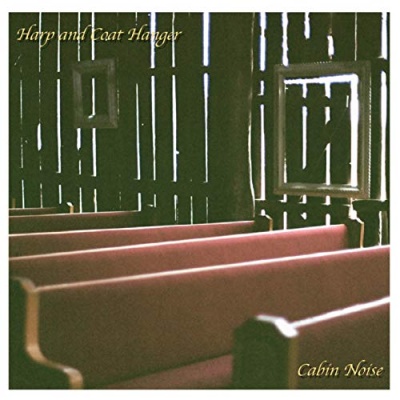 If you have a Jeep Cherokee style vehicle with a large flat trunk and only two rows of seats, then this is an area where sound deadening is a MUST. This is a HUGE sound diaphragm for making amplifying sound, so you really need to cover under the floor mat in the trunk.
If you have a Jeep Cherokee style vehicle with a large flat trunk and only two rows of seats, then this is an area where sound deadening is a MUST. This is a HUGE sound diaphragm for making amplifying sound, so you really need to cover under the floor mat in the trunk.
The third area to focus on is under the floor mats in the rear row of seats in the vehicle. Typically, there is no axle running here or wheels on the sides, but it’s still a large diaphragm.
The last area to work on is really only important if you want to go crazy on soundproofing your car–the doors. Jeep doors are notoriously thin, so deadening them will really quiet the ride. However, you have to remove panels from the doors and take things apart, so it’s much much harder to do than the other projects.
Let’s say you just installed a sound system in your car. Now that you have it, you want to do what you can to prevent the road noise from interfering with your music. Sound deadening or soundproofing the car helps eliminate a lot of this noise and vibration.
You need to first decide on the material you want to use. We have covered a few of your options above, so the choice should be easier for you to make. If you want even better results, you can use more than one type of material. However, your decision will ultimately rest on just how soundproofed you want your vehicle to be.
Once you have decided on the materials you want to use, you need to decide to what extent you want to soundproof.
Damping Mats: these are easy to install, cover the car panels, are often made of rubber material and feature adhesive to make it easy to attach.
Insulation: this absorbs the sound underneath the carpeting in the vehicle and can make your vehicle feel plusher.
Sprays: if you have tighter areas, then this will work better. They typically come in aerosol cans and others require that you have a paint gun or kind of compressor.
Foams: these are often used in the same way you would use the damping mats.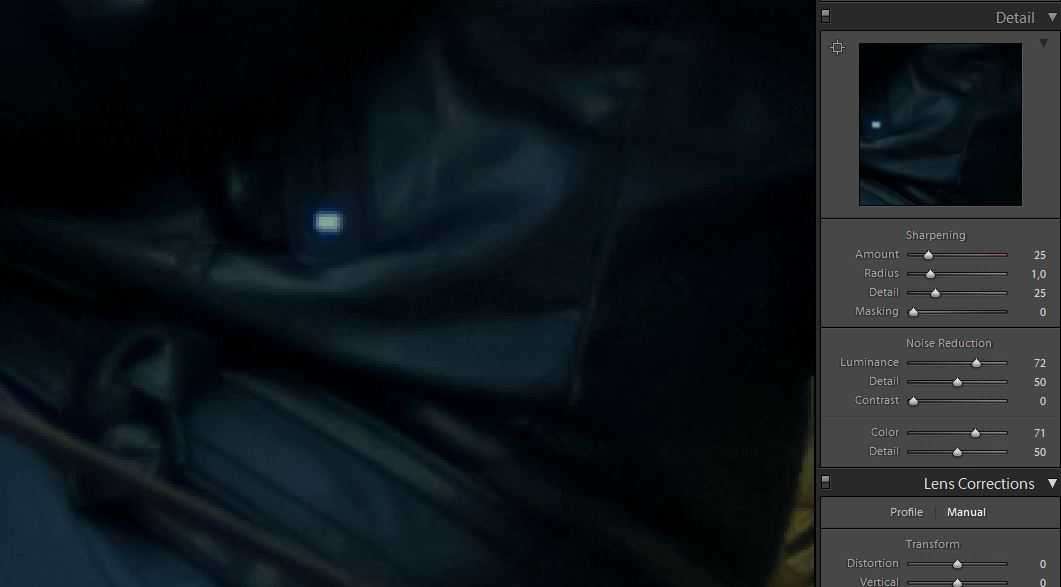 You place it over the car panels to absorb the vibration. They can come in spray form or in sheets.
You place it over the car panels to absorb the vibration. They can come in spray form or in sheets.
Imagine you are trying to soundproof the windows in your home. If someone were outside talking, the window would block most, but not all the sound. Now imagine you open the window just a TINY crack. Now it will sound like there is no window between you and the other person at all. Even a little crack lets plenty of sound through.
The most important thing you can do when applying a sound deadening kit in your vehicle is to be certain you don’t leave even the tiniest gap between sheets or cuts. Cover the ENTIRE floor area and even up the sides a bit if it won’t show. Use the tape to cover any seams.
I haven’t done any actual scientific testing, but I would say just putting down the sound foam alone can cut out about 40% of the road noise on most vehicles. The louder your car is, to begin with, the easier it will be to notice a significant improvement.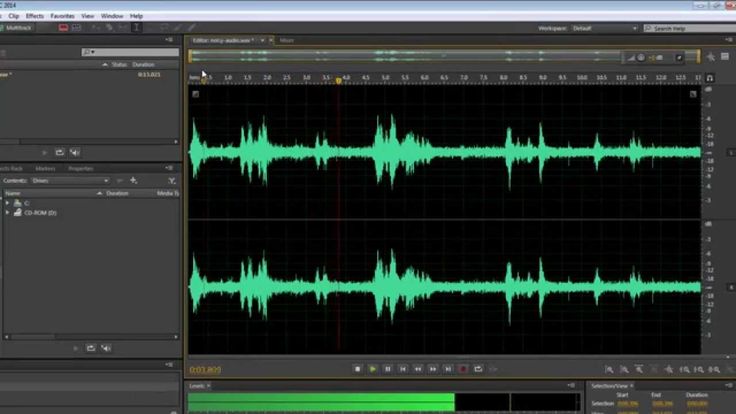
Older vehicles tended to have larger floor areas with less insulation, so if you drive something with a few years on it, you’re likely to see a HUGE improvement. If you drive a newer car and just want it 15% or 20% quieter, you can probably achieve that too without any trouble.
I might recommend downloading a decibel meter app on your phone (there are lots of free ones in the App Store) and driving down a road near your home at a set speed. Then do the soundproofing and drive the road at the same speed again. Be sure to turn off AC/Heat in the car. I’d love to know in the comments what kind of numbers you get.
In the last couple of years, noise reduction technology has made a huge leap forward. We bought ourselves noise canceling headphones for every taste and budget, and neural networks and the pandemic provoked a jump in the quality of audio communication.
Today we will figure out how noise reduction works in headphones and not only.
Let's start with the ANC system in the headphones, that is, the active noise canceling system. How does it work?
First, translation: ANC - Active Noise Cancellation, also called Active Noise Control or Active Noise Reduction (ANR).
The loudness of the sound depends on the amplitude of the sound waves. The higher the swing of particles in the air that reach our eardrums, the louder the sound. Therefore, to make the sound quieter, we need to reduce the amplitude of these waves. This can be done in several ways. For example? install a baffle that will dampen sound waves. Indoors, such a partition can be a wall or a window, or we can just put on tight headphones. This method of noise reduction is called passive.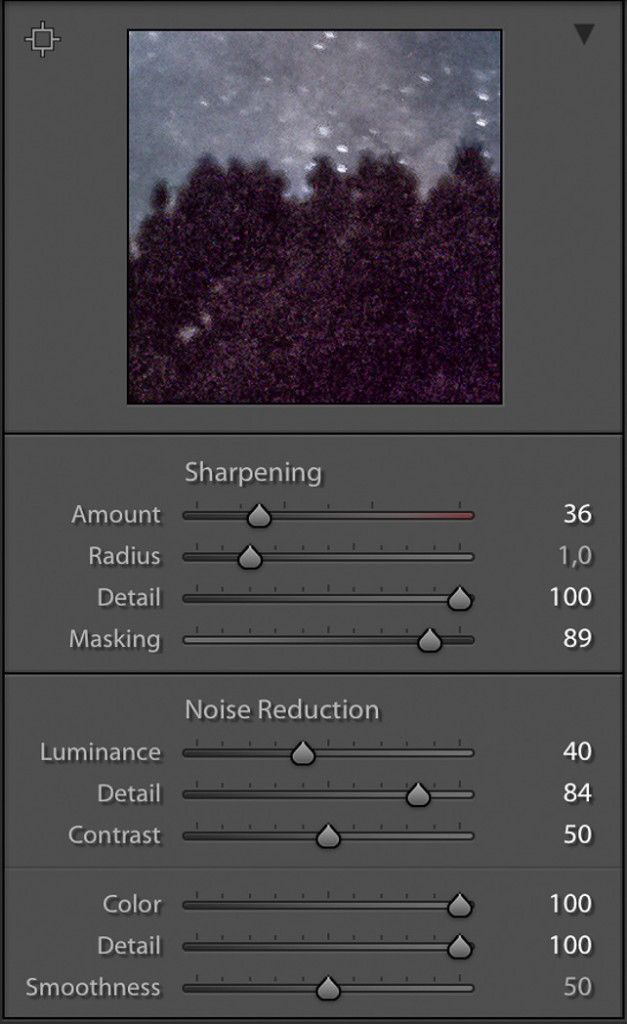
But we can also actively dampen sound waves by creating our own waves in antiphase to the noise! In this case, the waves will simply overlap and cancel each other out. Brilliant and simple!
Carbon microphone sound recording circuit - longitudinal vibrations act on the membrane, causing it to contract and decompress.
The first patent for such a noise reduction system was filed in 1934 by the German physicist Paul Lug.
Initially, the inventor envisioned that the technology could be used indoors by transmitting an inverted signal through loudspeakers. And it will come in handy for dealing with echoes in theaters and concert halls, as well as for suppressing the noise of typewriters in offices. The idea was cool, but his development was classified as military and classified, so the technology did not work.
Until the mid-1950s, US researcher Lawrence Vogel realized that the technology was used in headsets and headphones for aircraft and helicopter pilots.
Typical cabin noise at the time was 100 decibels. The new technology made it possible to reduce it to the level of 80-85 decibels, still loud and comparable to a very loud scream, but still saved the hearing of many pilots.
Lawrence VogelHeadset Active Noise Cancellation circuit designed by Radio Corporation of America for the US Air Force.BOSE succeeded in mass production of active noise canceling headphones in 1986. Back then, headphones were only used in aviation. But already at 1989, the same BOSE adapted the technology for domestic use.
First BOSE headphones with active noise cancellation (aviation).And now, more than eighty years after the first patent was issued, the technology has become mainstream. But why did it take so many years for the technology to become truly popular?
The technology itself is very simple. But in practice, it is extremely difficult to achieve normal results due to a number of technical difficulties.
First, the headphones themselves provide passive sound isolation. Therefore, in order to correctly measure the noise level, we need at least two microphones: one outside, catching external noise, and one inside, in order to understand what percentage of external noise penetrates inside.
Secondly, if suddenly the inverted signal lags at least 5 milliseconds behind the real sound, the noise reduction will stop working. Therefore, modern headphones must have a powerful and very finely tuned digital processor that will constantly adapt to a changing situation and will work with minimal delays.
Delays especially have a negative effect on the suppression of high-frequency sounds, in which oscillations occur thousands of times per second, so even the slightest delay in this case can even increase the noise level due to overlapping peaks. Therefore, only the best headphones more or less tolerably cope with high-frequency noise reduction, but many headphones are not even able to suppress the human voice.
Well, low frequencies up to 100 Hz are not able to extinguish at all, because small speakers simply do not have enough power. This is visible on the charts.
And thirdly, at the final stage of noise reduction, we need to combine two waves: anti-noise and the music we listen to. If this is done thoughtlessly, the original audio can be quite distorted and the sound quality will drop. So again, you need smart algorithms, a fast processor, and many hours of testing and fine-tuning.
And then, in the end, we will get a product that people will use with pleasure.
As you can see, it took a lot of time to overcome these difficulties. People have learned how to make ANC headphones, but they do not intend to stop there.
There are already active noise cancellation systems in cars that combine data from in-cab microphones with data from accelerometers that pick up body vibrations from the tires and from the engine. Just imagine, in the future it will not be necessary to spend money on soundproofing your car, you will only need to buy smart sensors and that's it.
ANC systems for the home are also being developed that can dampen the sound from open windows! It will be possible to ventilate the room and not wake up from passing motorcyclists. I hope they will come up with something for the neighbors with a drill.
There are even kennels for dogs that are afraid of fireworks, or simply prefer healthy sound sleep. So the guards of course went. In our time, there were watchdogs ...
In general, the technology has a lot of applications, but there are areas in which active noise reduction is not applicable.
For example, when we are talking on a video link and a hungry child is screaming behind us. Or trying to talk on the phone with a person at a subway station. For such cases, there is another technology.
There are at least two terms for noise suppression in English. This is Noise Cancellation, like in active noise cancellation technology. It would be more correct to translate this term into Russian as noise subtraction or noise cancellation at worst.
And all because there is also another term Noise Suppression, which just translates - noise reduction. So, despite the fact that technologies are translated in the same way in Russian, in fact, they are completely different. Therefore, in order not to be confused, let's call one ANC, and the second just noise reduction.
ANC technology allows you to drown out ambient noise using hardware methods: external microphones, signal processors, and more. And the noise reduction technology allows you to clean the signal from noise programmatically. That is, it's just software noise reduction. Those who have ever cleaned the audio signal from noise know what it is and how badly they work. But now the area of noise reduction is experiencing an incredible leap. And here's why...
Throughout its history, traditional hardware or software digital signal processing algorithms, let's call them DSP algorithms, have worked in approximately the same way.
DSP - Digital Signal Processing
The task of the DSP algorithm was to find a certain pattern of noise, and process frame by frame millisecond by millisecond. There can be many noise patterns, but in general, any noise can be divided into two types: stationary noise and non-stationary noise.
Stationary noise - it can be some kind of hissing, buzzing, in general, something constantly repeating and different from the human voice.
So, if you need to remove only stationary noise, DSP algorithms can be very effective. But if the noises have a complex structure or are difficult to distinguish from a human voice, for example, constant screaming, knocking, typing on a keyboard, a siren outside the window, a working TV, advice from colleagues on how to share the screen. In this case, DSP algorithms fail.
For many years the situation did not change until people tried deep neural networks!
The pioneers in the field of noise reduction using deep neural networks, or DNN noise reduction (DNN - Deep Neural Network), was the company BubbleLabs.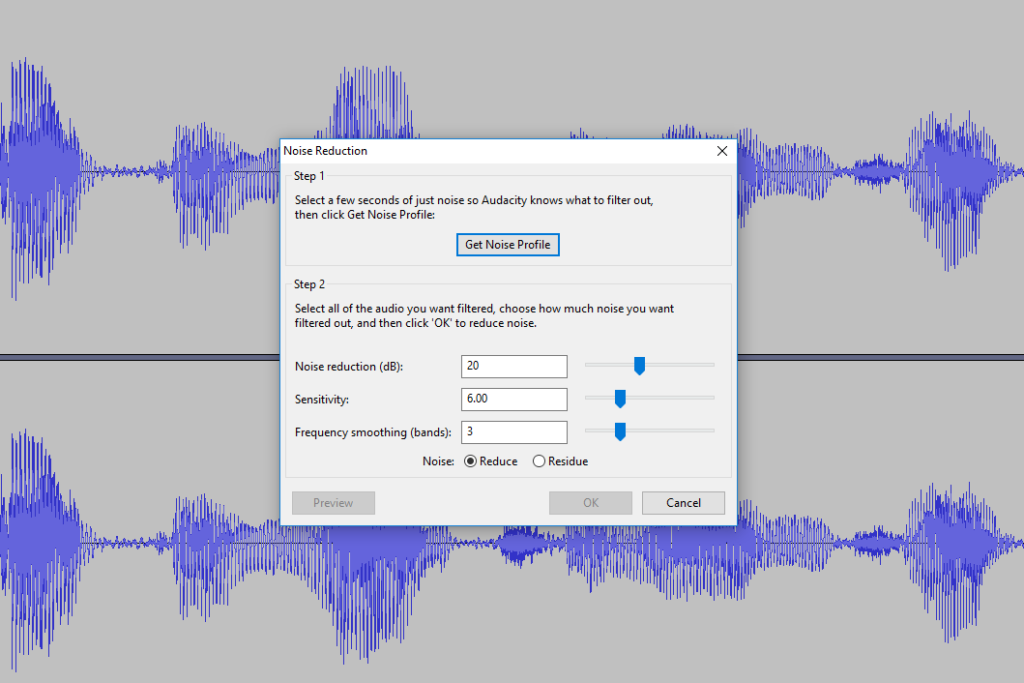
In October 2017, on the first day of the company's existence, the founders of BubbleLabs bought two NVIDIA 1080 Ti and started training the neural network.
The idea of training the neural network was simple:
As a result, we get an excellent algorithm at the output, which they called Clear Cloud. Listen to examples of this work for yourself.
And as is often the case, a big company was quickly interested in a good startup. In this case, we are talking about Cisco. Clear Cloud soon became part of their conferencing platform, Webex. And as a result, we got the coolest speech enhancement algorithm that works in a consumer product. At least according to this poll.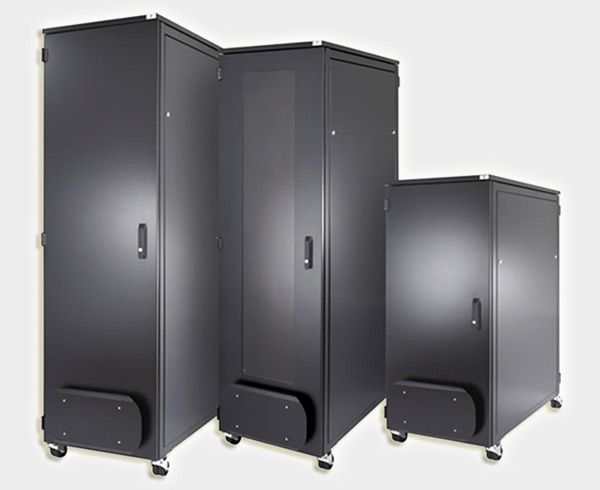
And here is an important point. In the best traditions of caring for “privacy”. The algorithm works locally on the device and does not transmit data anywhere. All this works both on PC and on mobile devices. And this is just one of the AI features that are built into Webex.
She also does automatic transcription and translation into more than 100 languages. Russian, by the way, is supported. It is also possible to control via an assistant built into the application. The program also recognizes gestures, can replace the background and much more.
In general, try it. Webex is a super-advanced conferencing program, which, by the way, supports the AV1 codec, for which special respect. And here is the link to the trial version of Webex.
We are waiting until such algorithms are built into all phones, smart speakers and watches - and then gadgets will understand us perfectly. By the way, Cisco is already doing this.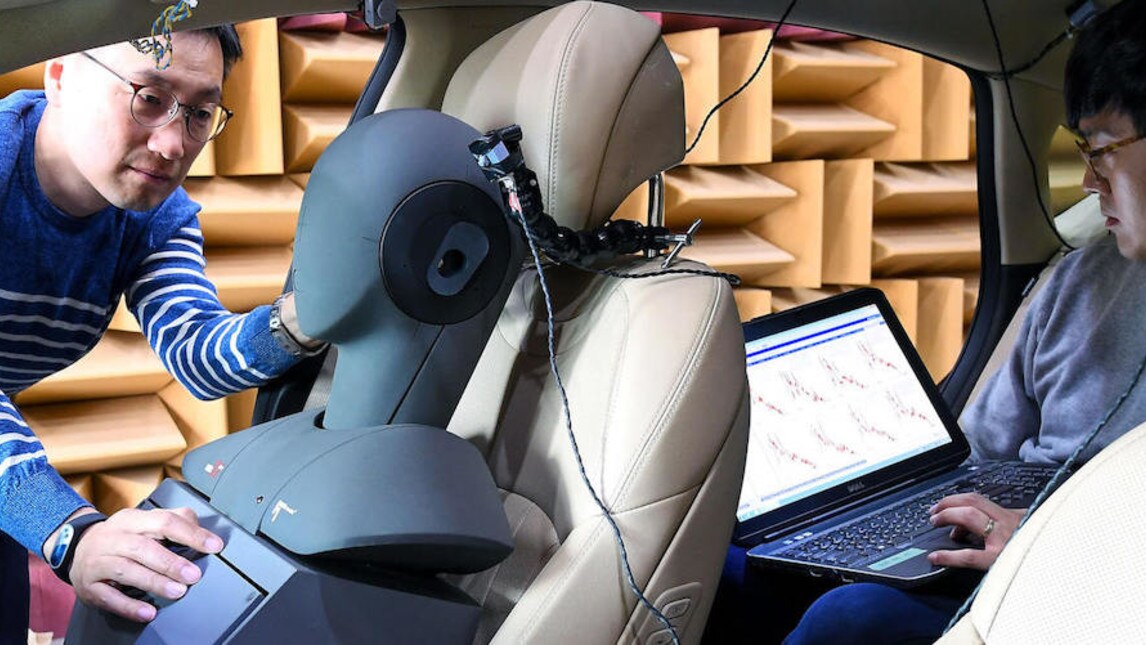 They equip workspaces with video communication devices for home and office. So now it doesn't matter how you meet in person or online. After all, the main thing is that people listen to each other and hear well.
They equip workspaces with video communication devices for home and office. So now it doesn't matter how you meet in person or online. After all, the main thing is that people listen to each other and hear well.
Post Views: 6501
Please enable JavaScript in your browser!
First of all, it is worth understanding how the soundproofing of studios differs from soundproofing. Until recently, these terms were considered synonymous, without unnecessary tediousness and long explanations, one can agree with this, but there is a difference. Soundproofing is aimed at eliminating unnecessary vibrations and acoustic noise (voice, music, engine sound, etc.). These indicators are measured in decibels (db).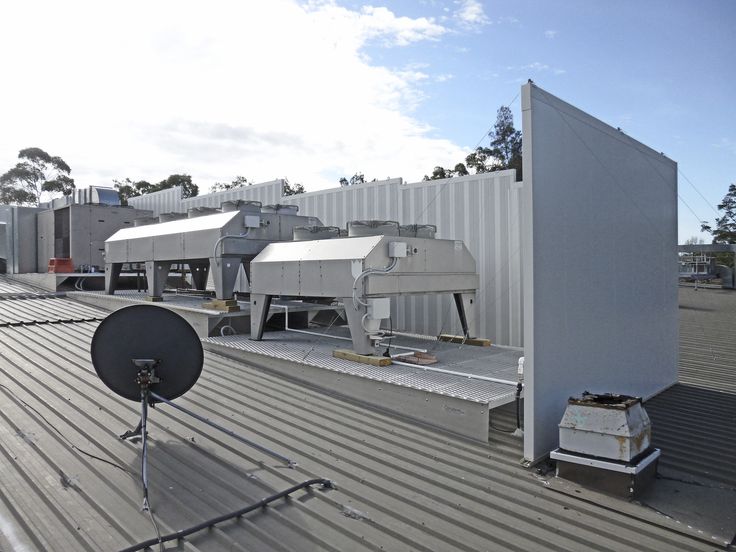 Noise isolation helps eliminate impact noise (footsteps, slamming doors, etc.).
Noise isolation helps eliminate impact noise (footsteps, slamming doors, etc.).
Recently, residents of apartment buildings are increasingly trying to use soundproofing wall panels. Modern developers often neglect the recommended indicators. They save materials and do not provide the desired level of sound insulation. A resident of a high-rise building can hear strangers walking in the entrance or a neighbor walking around the apartment. In such conditions, soundproofing panels for an apartment become a real salvation, especially for families with small children. A one-time investment in your everyday comfort will give you protection from extraneous noise for many years to come. Often, soundproof wall panels are bought by musicians who organize a personal recording studio in one of their home rooms. For a suitable acoustic environment, you will definitely need to buy soundproofing panels for the walls, because extraneous sounds will not allow you to make a high-quality recording.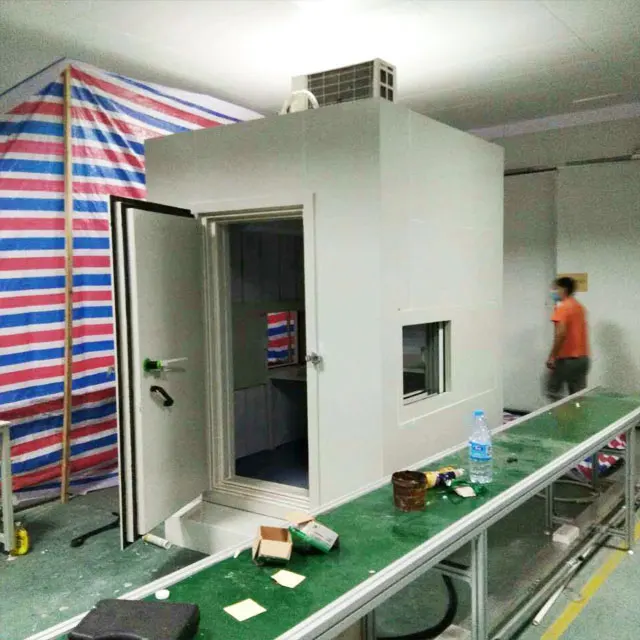 External noises will be clearly audible.
External noises will be clearly audible.
Acoustic foam provides sound and sound insulation. It differs from the economic main characteristics. Studio foam rubber has a certain structure of air cells, relief and width. These indicators are developed by experts in the laboratory. They measure the sound insulation and noise reduction characteristics of the material, adjust them and achieve the perfect balance. Ordinary foam rubber can muffle sounds slightly, but it will not work to achieve an ideal acoustic environment suitable for audio recording. You will need special soundproofing panels for walls and ceilings. They will provide the correct acoustics, which will allow you to get rid of impact noise.
The modern acoustic foam market offers a variety of soundproofing panels. You can buy them on almost every corner, but you should be extremely careful. Many sellers slip furniture or sponge rubber instead of acoustic foam to customers. A person who is poorly versed in the nuances of soundproofing and noise reduction will not even notice the difference. As a result, he will receive a waste and a recording room with poor acoustics. Choose your seller carefully! The showroom of Echo Design offers certified soundproof panels. You can buy them directly on our website. Go to the catalog and order high-quality foam rubber for your future studio. There are foam plates of various reliefs, as well as bass traps. Experienced consultants will conduct a detailed consultation and calculation of the cost of materials.
A person who is poorly versed in the nuances of soundproofing and noise reduction will not even notice the difference. As a result, he will receive a waste and a recording room with poor acoustics. Choose your seller carefully! The showroom of Echo Design offers certified soundproof panels. You can buy them directly on our website. Go to the catalog and order high-quality foam rubber for your future studio. There are foam plates of various reliefs, as well as bass traps. Experienced consultants will conduct a detailed consultation and calculation of the cost of materials.
As already mentioned, in order to create perfect acoustics in a studio environment, sound-absorbing foam rubber is required. It will help eliminate the echo that is formed as a result of the collision of a sound wave with a solid surface. The elastic structure of PPU "meets" the sound, absorbs part of its energy and "extinguishes" the hated echo. As a result, the sound producer gets a rich and rich sound.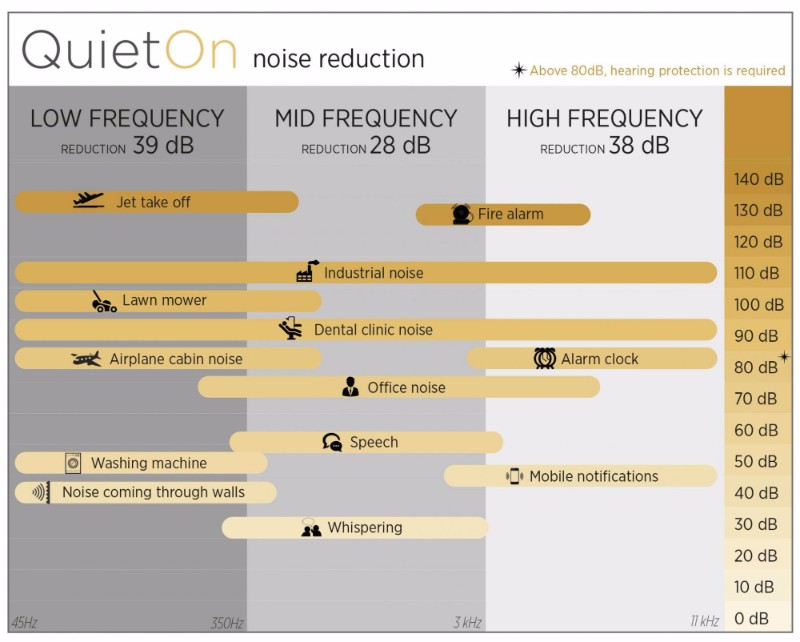 If you want to protect the space from outside sounds, then soundproofing wall panels may be required. They can be mounted inside the wall using a frame. For these purposes, smooth foam rubber sheets are used. The material is used as a heater, which suppresses impact noise. Sound-absorbing foam rubber is not suitable for these purposes, since the expenditure of financial resources will be unreasonably high. Here, once again, the main difference between soundproofing panels and sound-absorbing foam rubber is hidden. The panels can be used to eliminate extraneous noise in an apartment, in an office, in public institutions. The sheets have a smooth surface. Sound-absorbing foam rubber is used to decorate announcer's rooms and recording studios in order to get a high-quality recording. Studio foam rubber has a special relief that does not reflect sound waves, but effectively dampens acoustic “dirt”.
If you want to protect the space from outside sounds, then soundproofing wall panels may be required. They can be mounted inside the wall using a frame. For these purposes, smooth foam rubber sheets are used. The material is used as a heater, which suppresses impact noise. Sound-absorbing foam rubber is not suitable for these purposes, since the expenditure of financial resources will be unreasonably high. Here, once again, the main difference between soundproofing panels and sound-absorbing foam rubber is hidden. The panels can be used to eliminate extraneous noise in an apartment, in an office, in public institutions. The sheets have a smooth surface. Sound-absorbing foam rubber is used to decorate announcer's rooms and recording studios in order to get a high-quality recording. Studio foam rubber has a special relief that does not reflect sound waves, but effectively dampens acoustic “dirt”.
Wavy acoustic foam used for studio blinds.